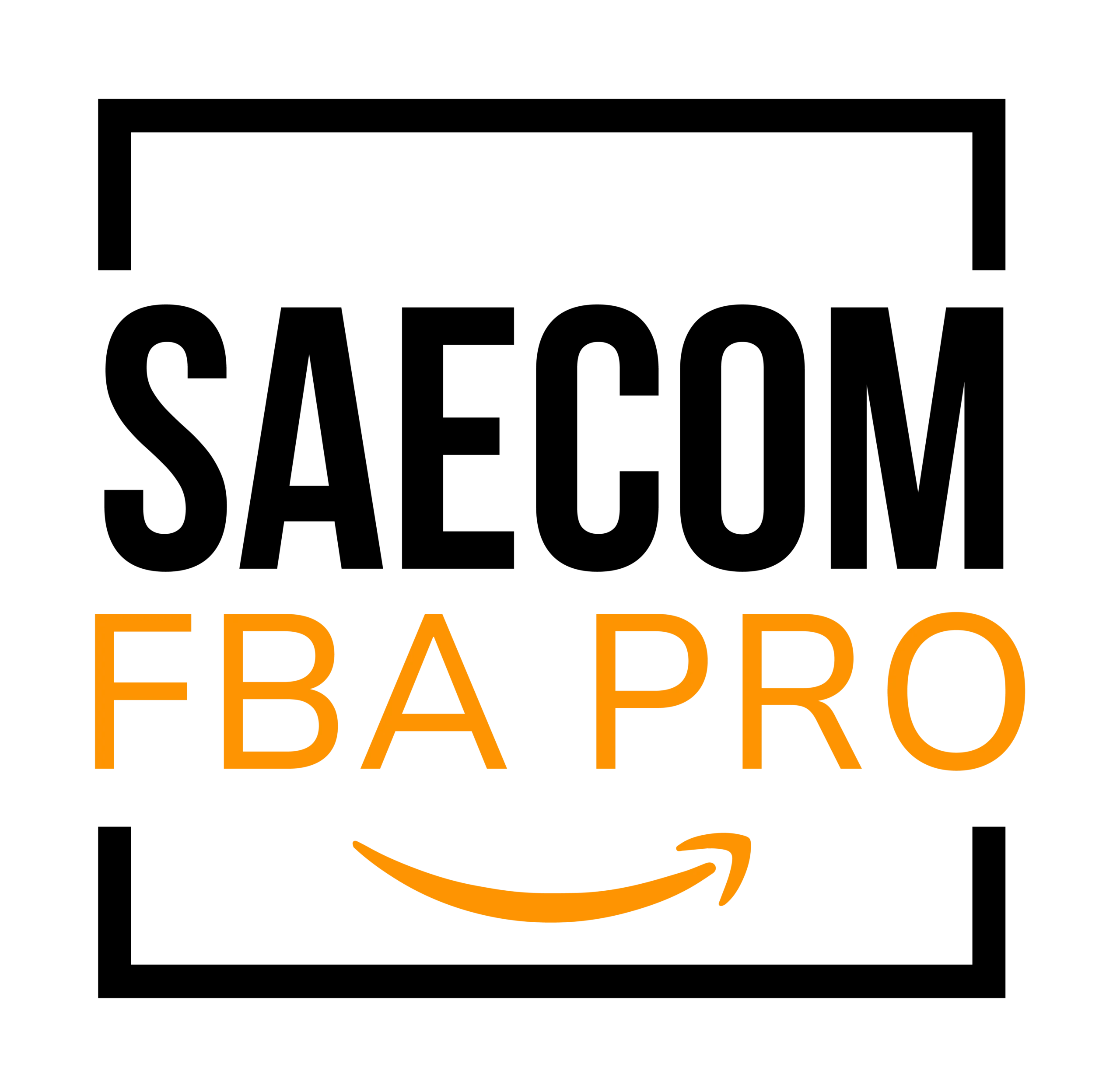How to Write Amazon Product Titles That Convert
When shoppers browse Amazon, your product title is often the first thing they see. It’s not just a label — it’s your product’s first impression, your SEO headline, and your sales pitch all in one line. Writing Amazon product titles that convert isn’t just about adding keywords; it’s about balancing clarity, relevance, and persuasion.
If your product titles are unclear or unoptimized, even the best product listings can fail to attract clicks or conversions. Let’s dive into how to write high-converting Amazon product titles that improve both your visibility and your sales.

Why Amazon Product Titles Matter
Your product title is one of the most critical elements of Amazon listing optimization. It directly influences:
- Search rankings: Amazon’s A10 algorithm heavily weighs keywords in the title.
- Click-through rate (CTR): Shoppers decide whether to click your listing based on your title.
- Conversion rate: A well-crafted title can immediately build trust and relevance.
In short, an optimized Amazon title helps your listing rank higher and attract the right customers.
1. Follow Amazon’s Title Requirements
Before adding creativity or SEO flair, you must first comply with Amazon’s title guidelines, which can vary slightly by category. Here are the standard rules:
- Character limit: 150–200 characters (depending on category).
- Capitalize each word’s first letter.
- Avoid promotional phrases like “Best Seller,” “Free Shipping,” or “Hot Deal.”
- No symbols or excessive punctuation.
- Include essential product details such as brand, key features, quantity, or size.
Example of a compliant title format:
Brand + Main Keyword + Key Feature + Size/Quantity + Variant
Following these rules ensures your title stays within Amazon’s policy and avoids suppression.
2. Start with Your Brand Name
Amazon recommends starting every title with your brand name. It builds recognition and trust, especially for loyal customers.
Example:
Bluetooth Headphones with Noise Cancellation – Wireless Over-Ear Headset for Travel & Work
Leading with your brand makes your listings look professional and consistent across your catalog.
3. Include Your Primary Keyword Naturally
For Amazon SEO optimization, your title should include your main target keyword — ideally near the beginning.
For instance, if you sell “reusable water bottles,” your primary keyword might be “BPA-free reusable water bottle.”
Example:
EcoSip BPA-Free Reusable Water Bottle with Straw Lid – 32oz Leak-Proof Stainless Steel Flask
This placement helps Amazon’s algorithm associate your product with relevant searches, boosting organic visibility.
4. Add Secondary Keywords for Broader Reach
While your title should be concise, you can subtly include secondary keywords to capture more search variations.
Example:
ErgoComfort Memory Foam Office Chair Cushion – Back Support Pillow for Desk, Car & Gaming
Here, “office chair cushion,” “back support pillow,” and “gaming” are all secondary phrases that expand reach without keyword stuffing.
Pro tip: Use tools like Helium 10, Ahrefs, or Keyword Tool to identify your most valuable Amazon keywords.

5. Highlight Unique Selling Points (USPs)
Your Amazon product title should not only describe what the product is but also why it’s better. Include a unique feature or benefit that encourages clicks.
Example:
GlowLuxe LED Makeup Mirror with 10x Magnification – Touch Control, Adjustable Brightness
Adding features like “touch control” or “adjustable brightness” helps your listing stand out among competitors.
Remember — shoppers scroll fast. Give them a reason to click your listing.
6. Use Power Words That Encourage Action
Words like “Premium,” “Durable,” “Professional,” “Eco-Friendly,” and “Compact” can subtly increase engagement.
These conversion-boosting terms appeal to emotions and decision-making triggers.
Example:
PureEase Premium Bamboo Cutting Board Set – Eco-Friendly, Knife-Friendly Kitchen Essentials
But don’t overuse them — one or two power words per title are enough.
7. Maintain Readability and Flow
Many sellers make the mistake of overstuffing titles with keywords. That makes them hard to read and lowers conversion rates.
Bad example:
“Bluetooth Wireless Headphones Headset Earphones with Mic Noise Cancelling Stereo for Phone PC Travel Work Gym”
Better example:
“ZenBeat Wireless Bluetooth Headphones with Mic – Noise Cancelling Over-Ear Headset for Travel & Work”
Keep it natural. Write for humans first, then optimize for Amazon’s algorithm.
8. Analyze Competitor Titles
Before finalizing your product title, research the top 5 listings for your main keyword. Notice patterns:
- What keywords are they using?
- How do they order information (brand → feature → size)?
- Are there power words or emotional hooks?
Then, improve upon them by offering clearer benefits or better phrasing.
Example:
If competitors say:
“Wireless Bluetooth Earbuds with Charging Case”
You can stand out with:
“ProSound Mini Bluetooth Earbuds – Compact Wireless Design with 30-Hour Battery Life & Fast Charging Case”
9. A/B Test Your Product Titles
Even the best-optimized title can benefit from A/B testing. Amazon Experiments (Manage Your Experiments) allows you to test two versions of a title and measure:
- Click-through rate (CTR)
- Conversion rate
- Overall sales performance
Testing helps you refine your high-converting Amazon titles based on real buyer data.
10. Keep Updating Based on Search Trends
Amazon search behavior changes frequently — especially with algorithm updates. Revisit your product titles every few months to:
- Add trending keywords (e.g., “2025 edition,” “AI-powered,” “sustainable”)
- Remove underperforming terms
- Improve clarity or focus
Staying updated ensures your listings remain competitive and visible in search.
Final Thoughts
Writing Amazon product titles that convert requires balancing SEO precision with clear communication. Your title should attract Amazon’s algorithm and convince human buyers at the same time.
To recap:
- Follow Amazon’s format and guidelines
- Place strong keywords strategically
- Highlight unique selling points
- Keep it readable and relevant
If you’re struggling to craft optimized product listings that rank and convert, SAECOM FBA Pro can help. Our experts specialize in Amazon product listing optimization, SEO, and reinstatement services — ensuring your store gets the visibility and conversions it deserves.


